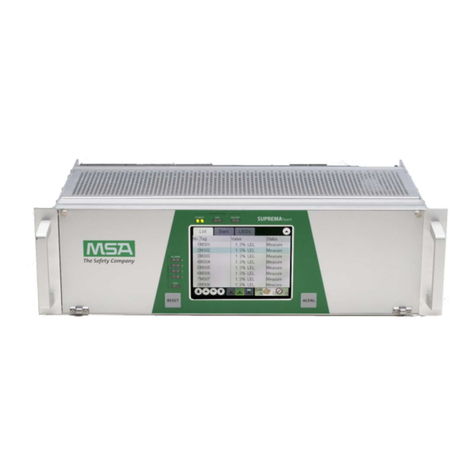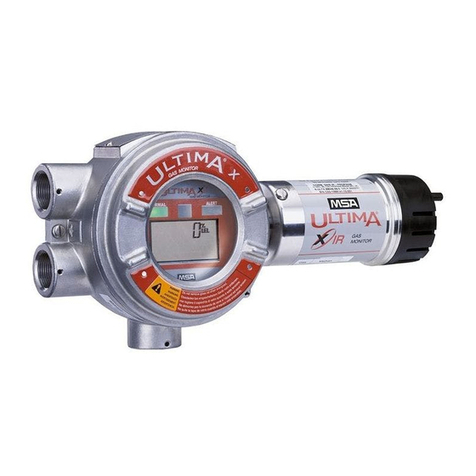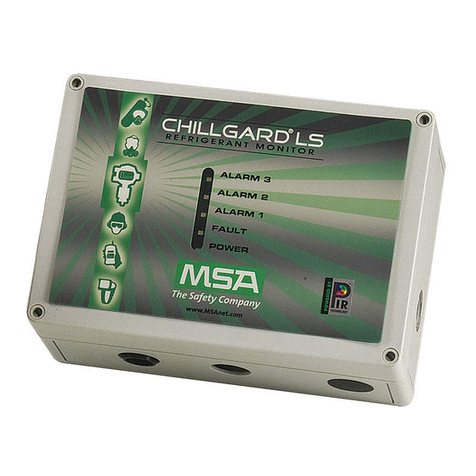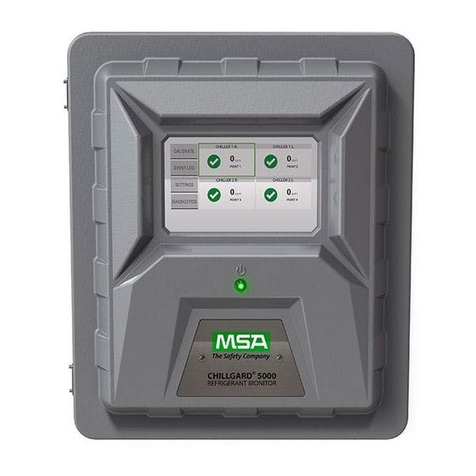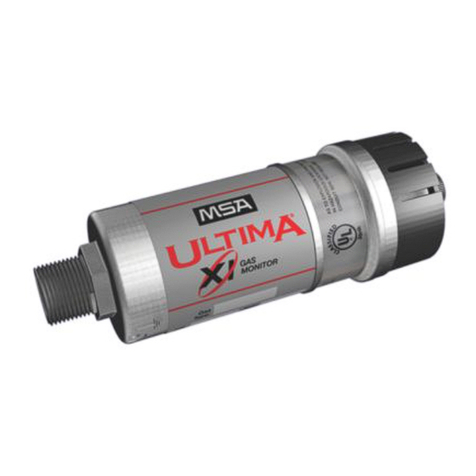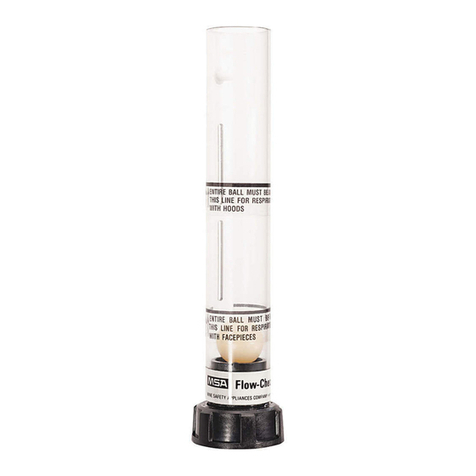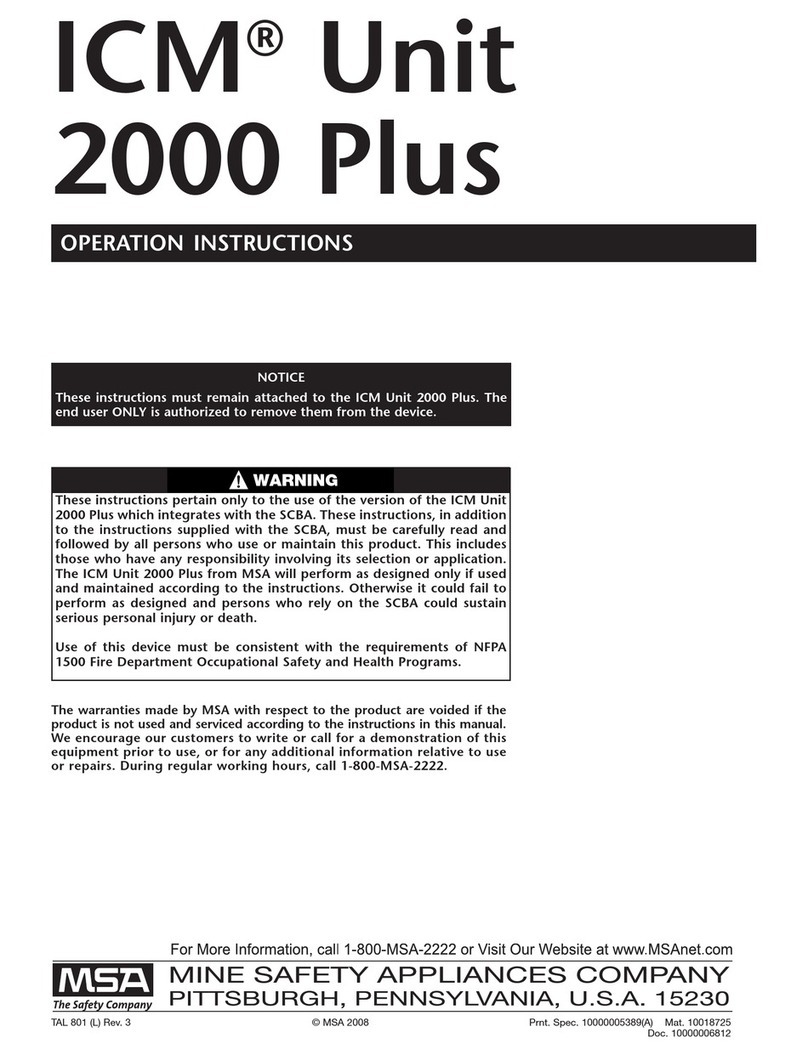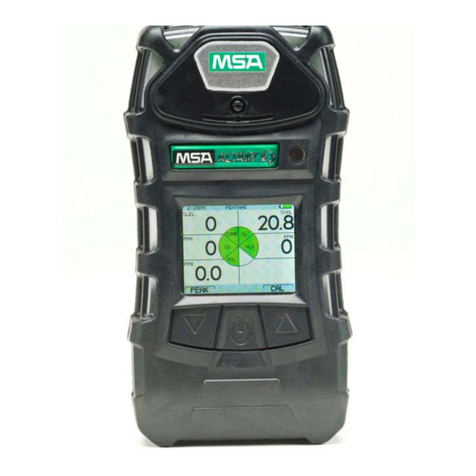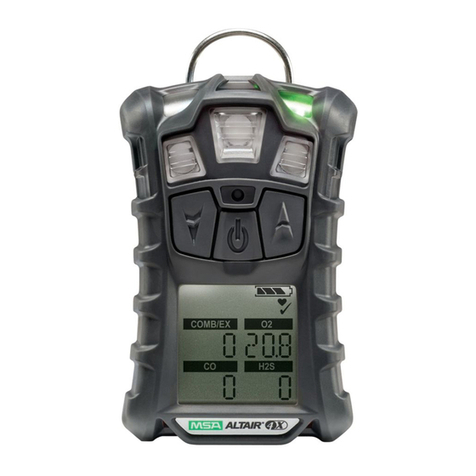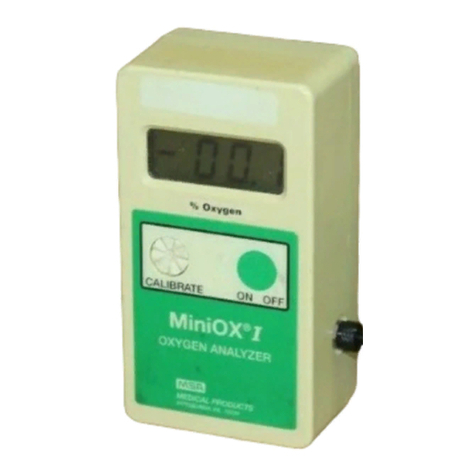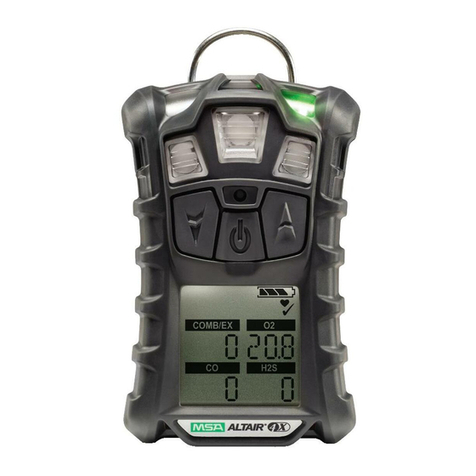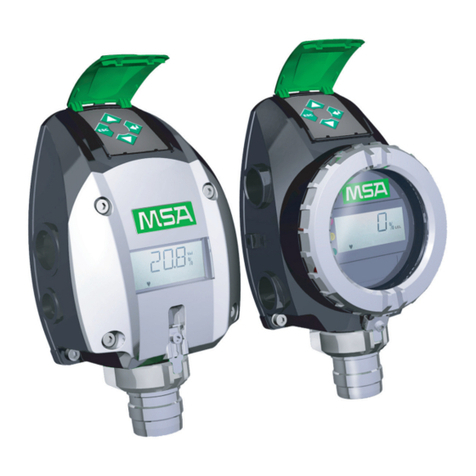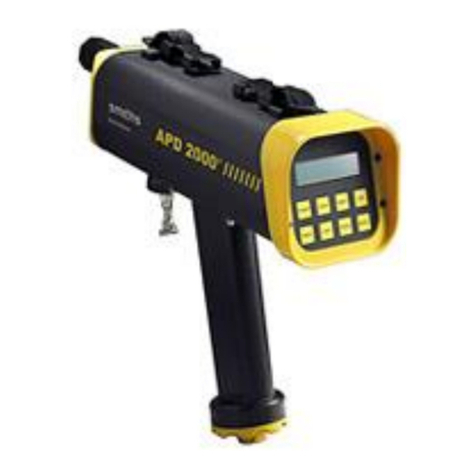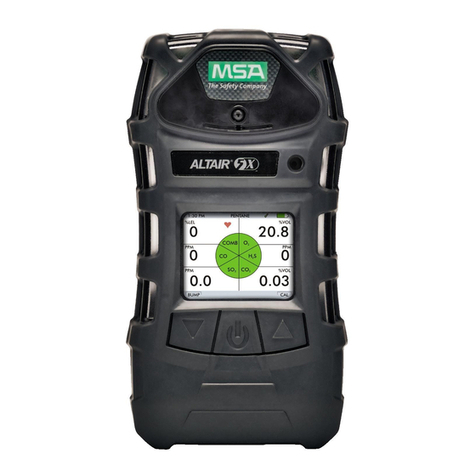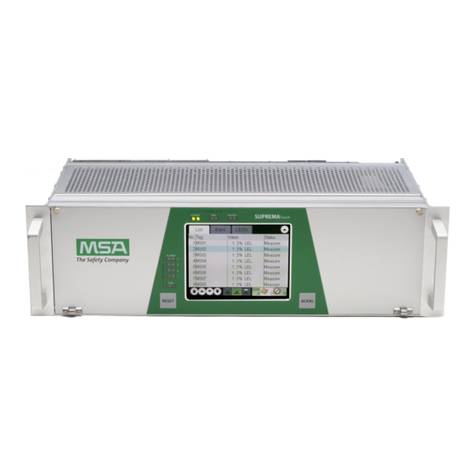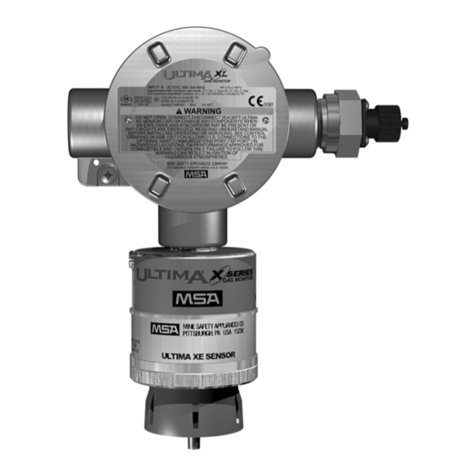
6 Legend Series Refrigerant Analyzer US
3 Introduction and Overview
2.3 General Notices
NOTICE
• Operate this device with vehicles or cylinders marked to contain R-1234yf, R-134a or R-12 refrigerant. Cross
contamination with other refrigerant types causes severe damage to the A/C system, to service tools, and
equipment. Do NOT attempt to adapt the unit for another refrigerant. Do NOT mix refrigerant types in a system or in
the same container.
• Always inspect the sample hose before each use. Replace the hose if it appears cracked, frayed, obstructed or
fouled with oil.
• Replace the sample hose AS SOON AS LIQUID, OIL OR RED SPOTS (DISCOLORATION) BEGIN TO APPEAR
ON THE INSIDE DIAMETER OF THE SAMPLE HOSE OR WHITE FILTER ELEMENT. Failure to properly maintain
and replace the sample hose will result in severe damage or inaccurate results.
○ DO NOT attempt to introduce liquid or samples heavily laden with oil into the Low Side sampling hose
configuration. Damage caused to the device due to the use of the wrong hose configuration on the wrong port
will void the warranty.
• The air detection sensor is a chemical fuel cell sensor that can expire. The user must return the unit to an approved
vendor in order to replace the air detection sensor whenever the instrument indicates as such. Failure to replace the
air detection sensor will result in non-functionality of the device.
• Connection to power sources greater than 13 VDC could cause “out of warranty” damage.
• Avoid use of the device where condensation can collect. Condensation can clog or block sample lines, which will
prevent the device from receiving new or fresh gas samples in the area being monitored.
• Install and maintain end-of-line filters in all sample inlet lines.
• To ensure correct overall operation of a gas detection instrument, test a known virgin sample of gas for which it was
calibrated. Do a calibration check prior to each use.
• Do not disassemble the instrument. There are no serviceable components internal to the instrument and
disassembly will void the warranty.
• Always place the analyzer on a flat and sturdy surface.
• Always verify that the refrigerant, tested from the Low Side, does not contain or will not emit heavy loads of oil or
liquid. Heavy loads of oil or liquid can enter the device and cause it to become inoperable.
• Never obstruct the air intake, sample exhaust or case vent ports of the instrument during use. Obstruction can lead to
calibration faults or operational errors in the device.
3 Introduction and Overview
Thank you for purchasing the Legend SeriesAutomotive Refrigerant Analyzer.
The Legend Series Automotive Refrigerant Analyzer is designed for use independently or in conjunction with an SAE
J2843 or J3030 approved A/C Service Machine to determine the purity of gaseous R-134a or R- 1234yf refrigerant. We
recommend that all personnel who use this instrument read this manual to become more familiar with its proper operation.
General
Contamination of refrigerants either in storage cylinders or vehicle air conditioning systems can lead to component
corrosion, elevated head pressures and system failures when utilized by unsuspecting technicians. The ability of the
technician to determine refrigerant type and purity is severely hampered by the presence of air when attempting to utilize
temperature-pressure relations. The development of various substitute refrigerants further complicates the ability of a
technician to identify refrigerant purity based upon temperature-pressure relationships.
The Neutronics Legend Series Automotive Refrigerant Analyzer will provide refrigerant purity in refrigerant storage
cylinders or directly in vehicle air conditioning systems. The instrument utilizes non-dispersive infrared (NDIR) technology
to determine the weight concentration of R-1234yf or R-134a refrigerant. Acceptable refrigerant purity as it relates to this
instrument, has been defined by the SAE as a refrigerant mixture that contains 98.0%, or greater of R-1234yf or R-134a, by
weight.
